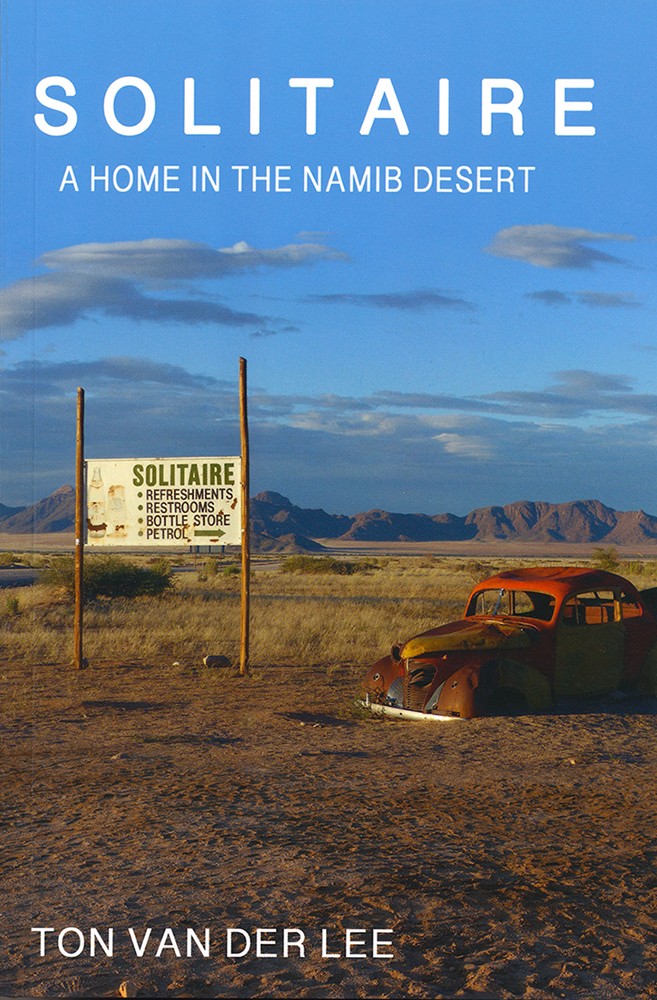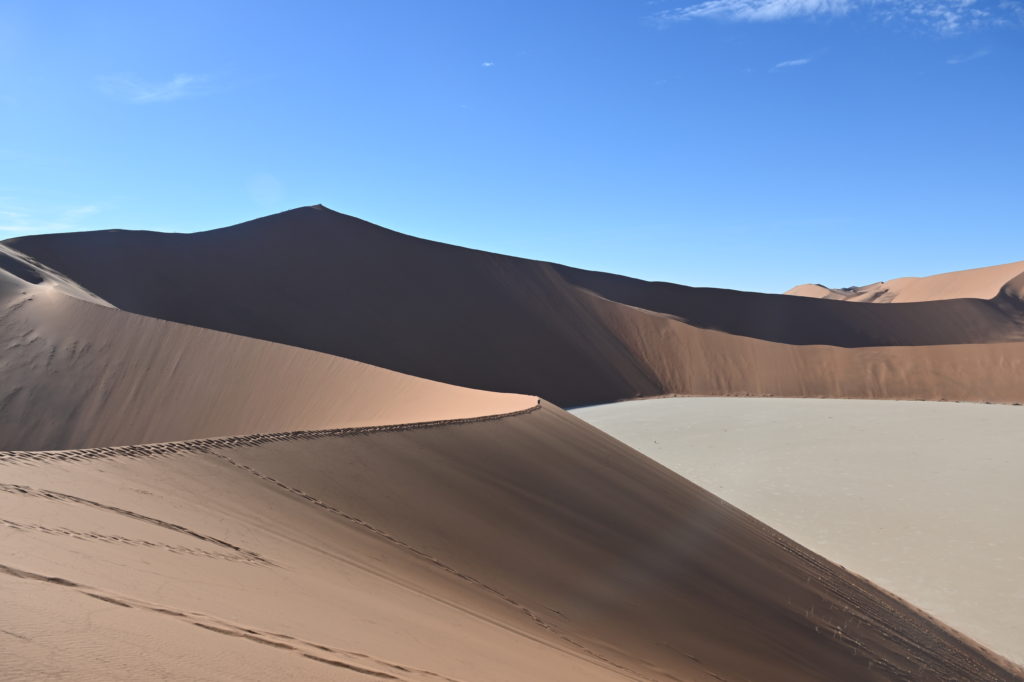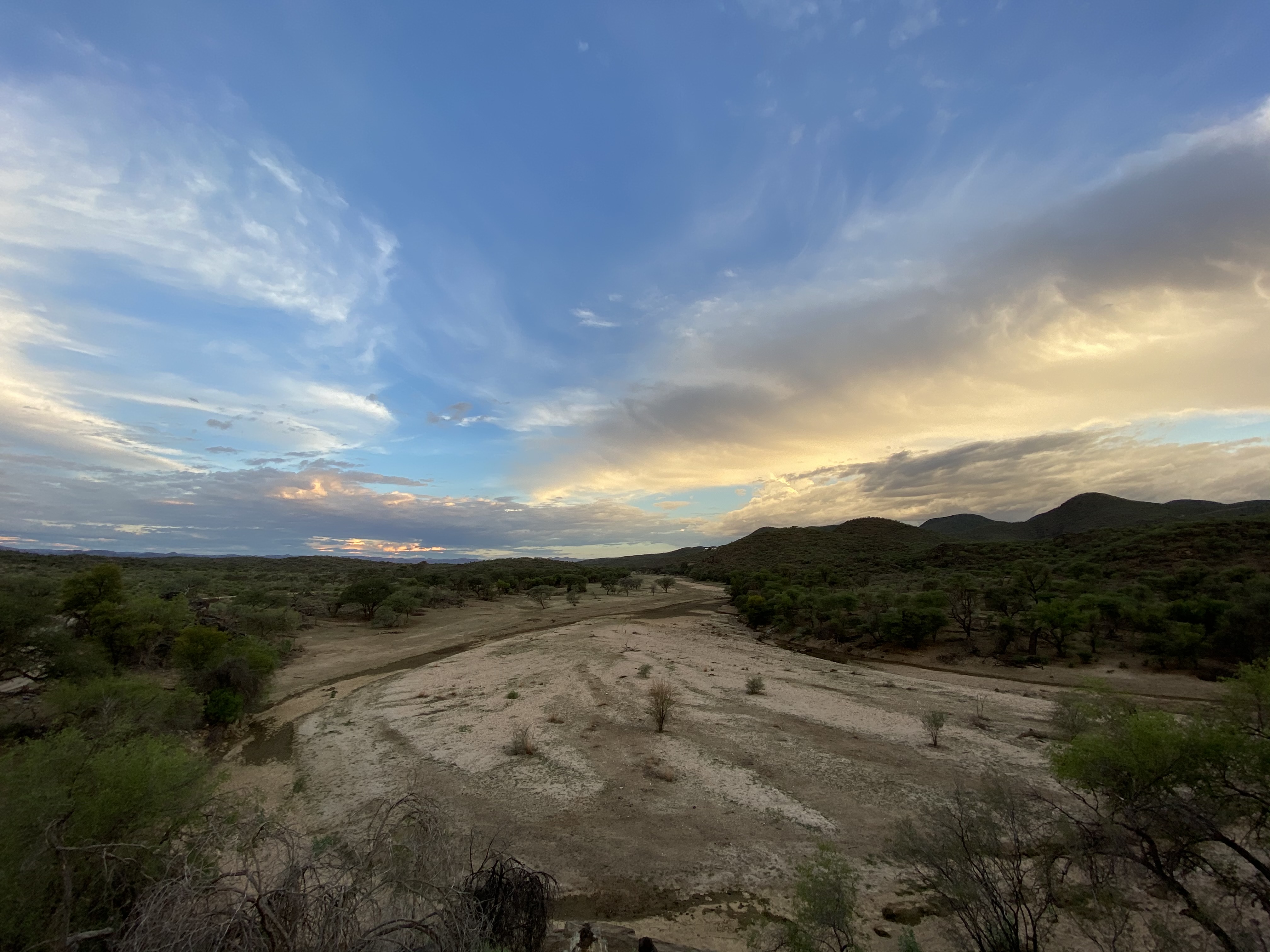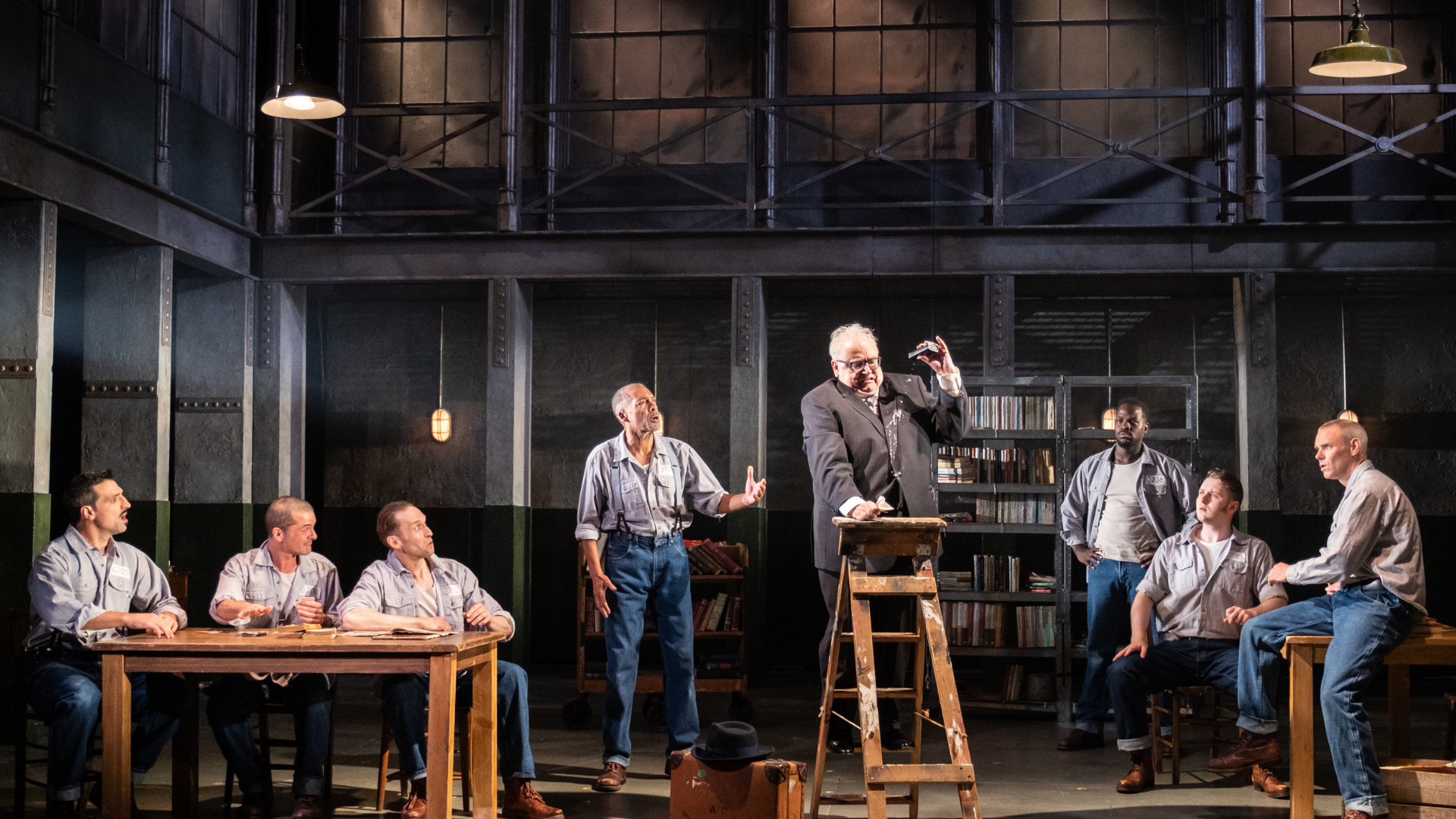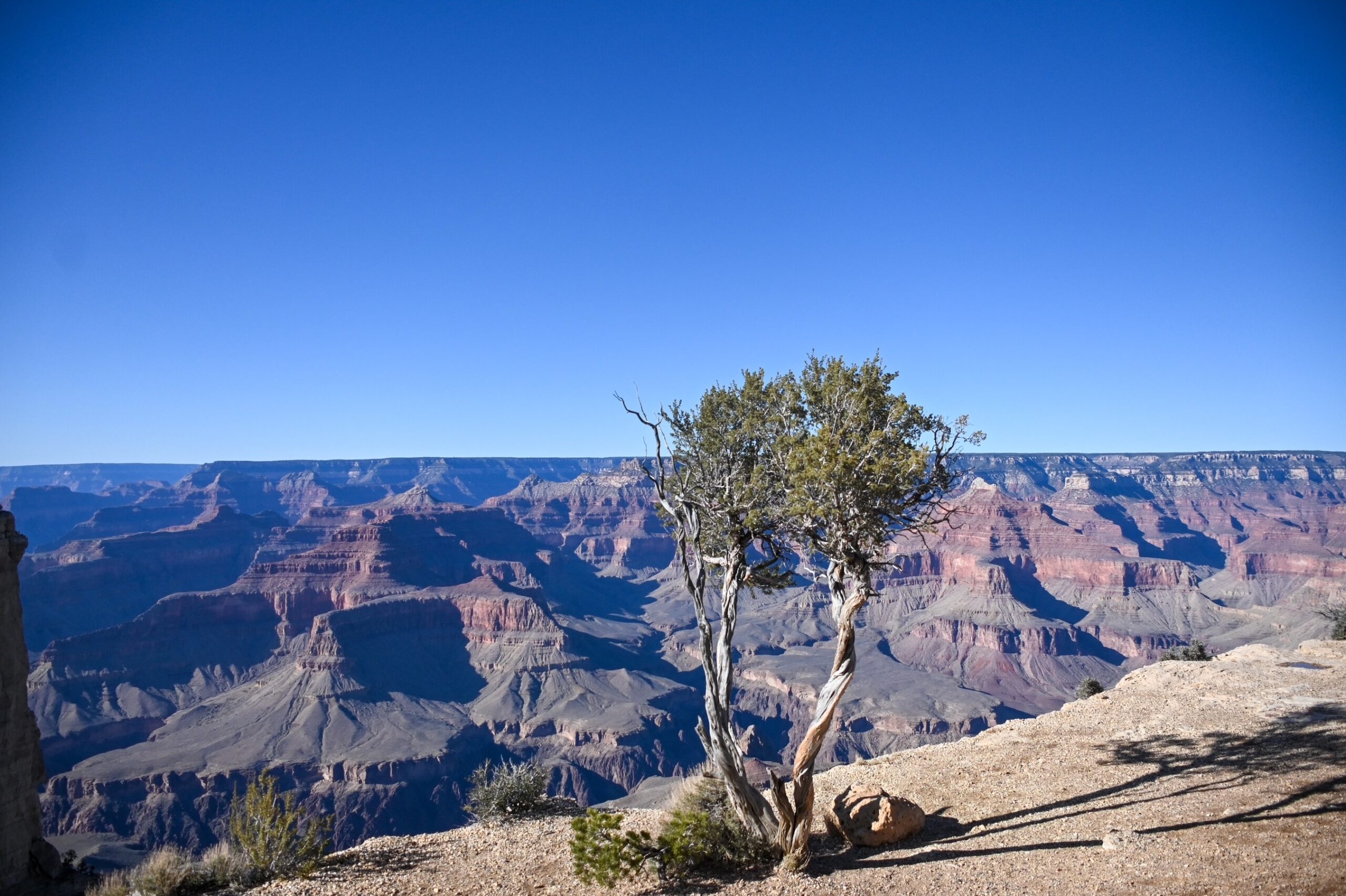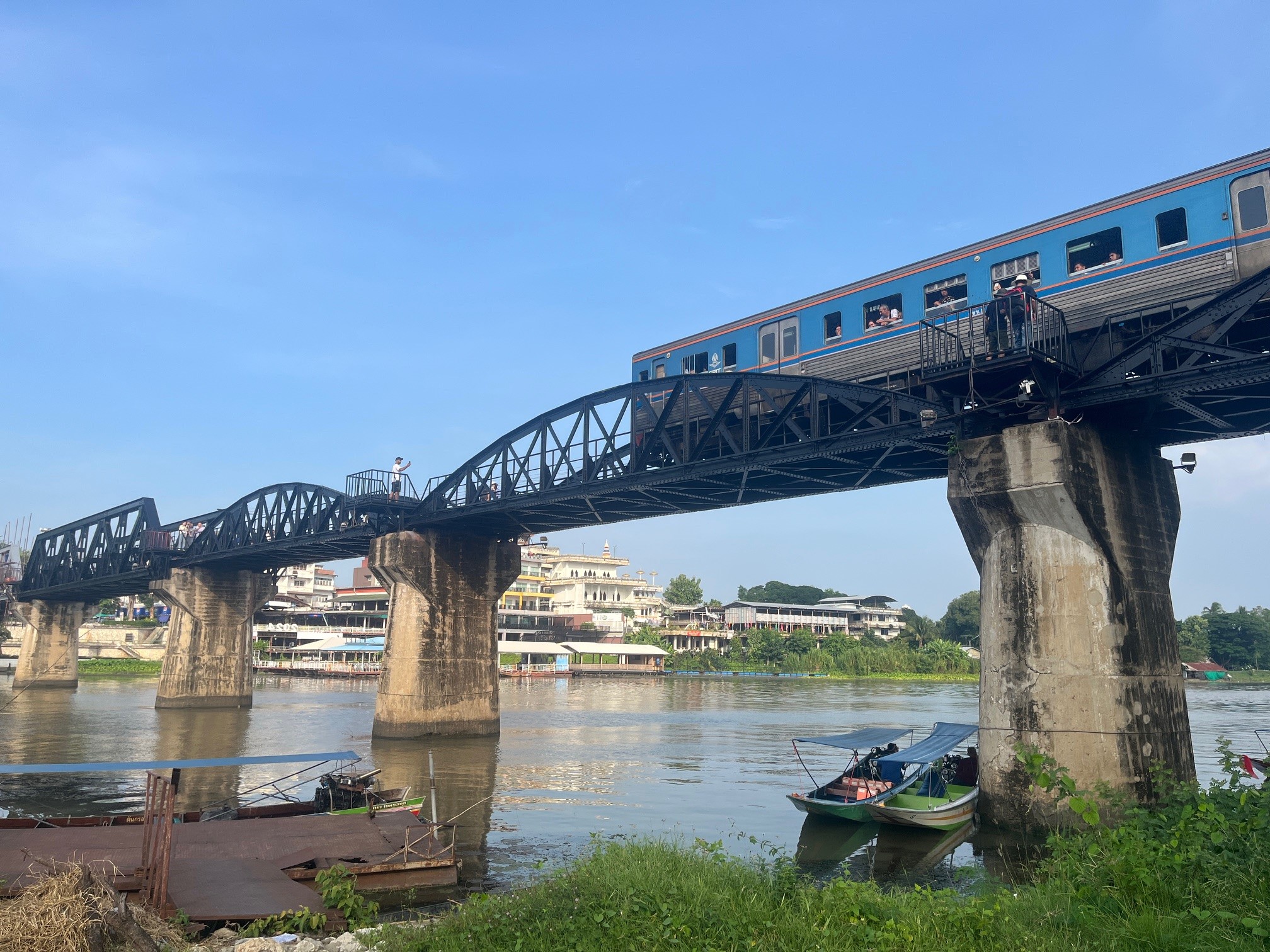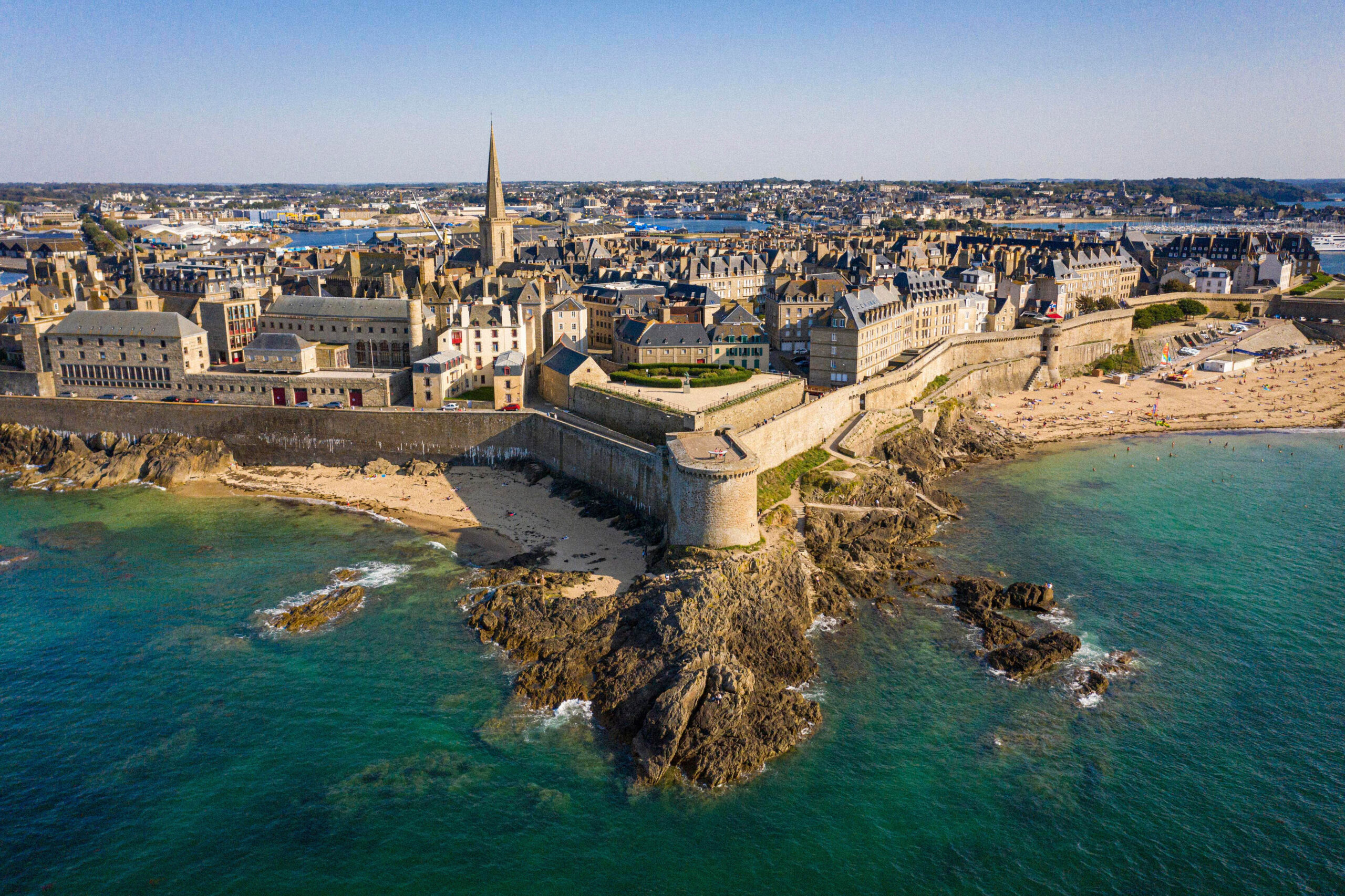Former French President Sarkozy caused an uproar a little bit more than 10 years ago when he thought clever to say in a speech that « The tragedy of Africa is that the African has not fully entered into history …”. A certain type of travel in Africa can give that impression. Our recent family trip to Namibia started with an exploration of the Namib desert and ended with a visit to Etosha National Park. Between the mineral and arid immensity of the dunes and mountains and the excitement of following the hunt of a group of lionesses or tracking rhinos on foot, it is not impossible to think at first that one has landed in a part of the world where men and animals have been living according to the flow of seasons since millenniums. Even the beautiful rock engravings at Twyvelfontein, made more than 2000 years ago, seemed to concur.
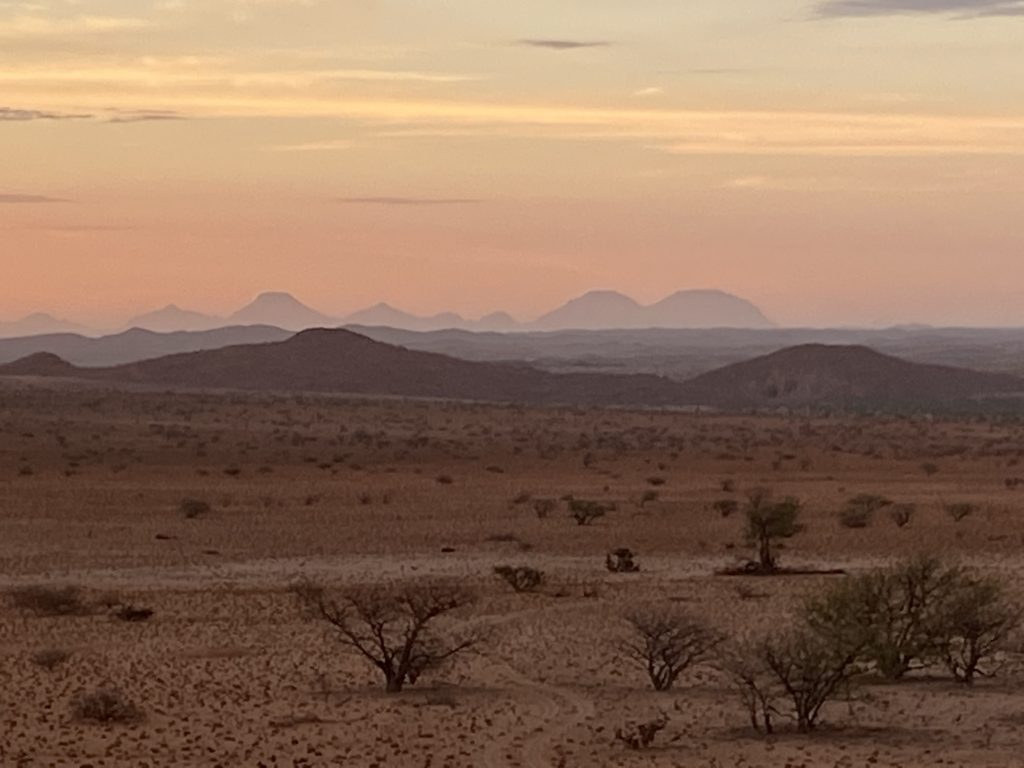
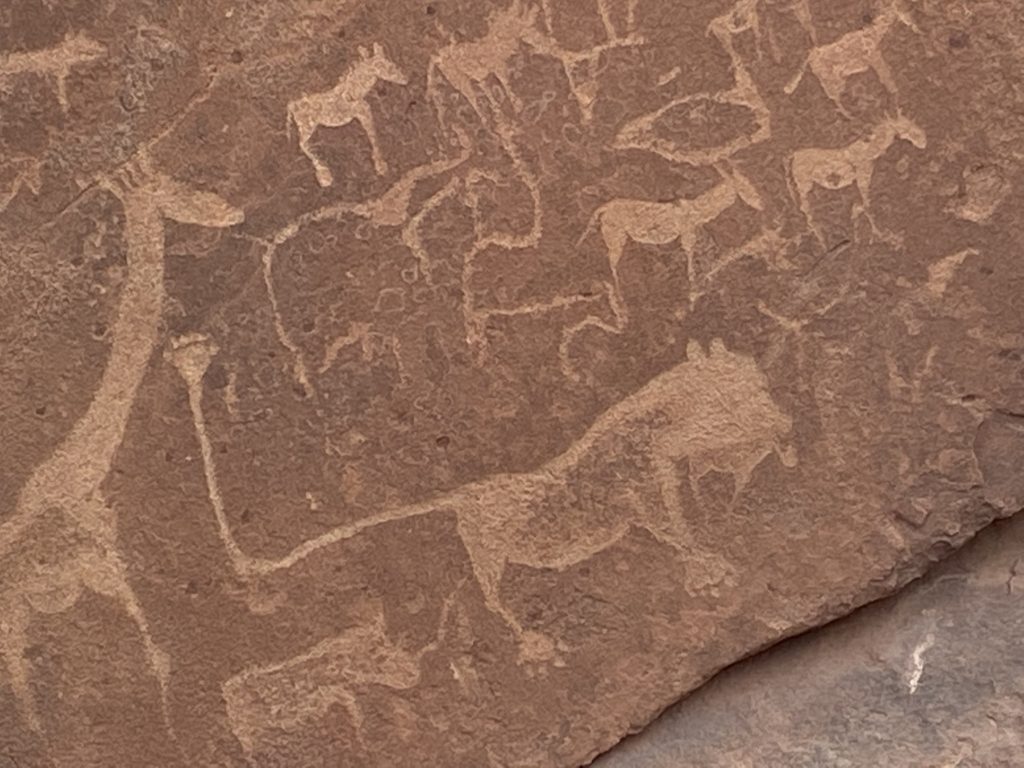
And yet…
Between desert and safari, we stopped for a few days in Swakopmund on the Atlantic coast. It’s difficult in that city to escape the fact that Namibia was a German colony: signboards with gothic letters, biergarten, German school, an architecture evoking Hanseatic cities. Namibia used to be the German South West Africa from 1884 until the end of World War I before being ruled by South Africa until the Independence in 1990.
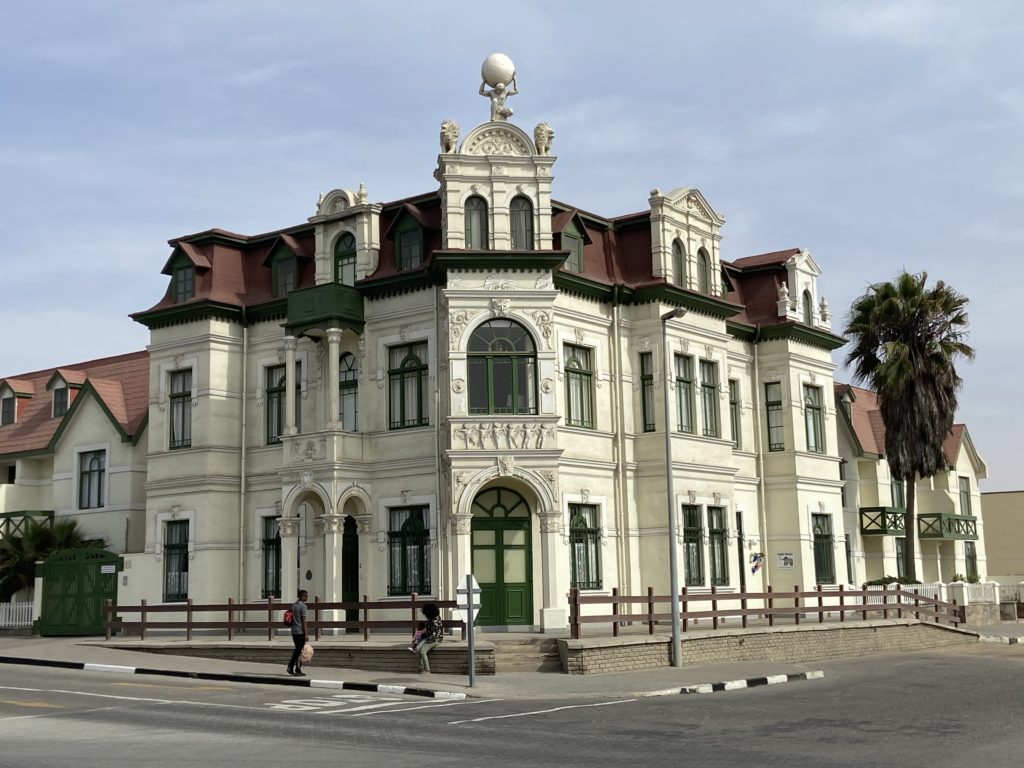
The history and tragedy of the German colonization is the topic of « Blue Book » by French author Elise Fontenaille-N’Diaye. This book, not available in English, is a straightforward relation of a completely forgotten historic reality: the violent repression by the German imperial army against the Hereros and the Namas between 1904 and 1908. Dozens of thousands were killed, a large fraction of those people in a very thinly populated country. It can rightly be designated as the first genocide of the 20th century. Germany only presented its official apology in 2004.
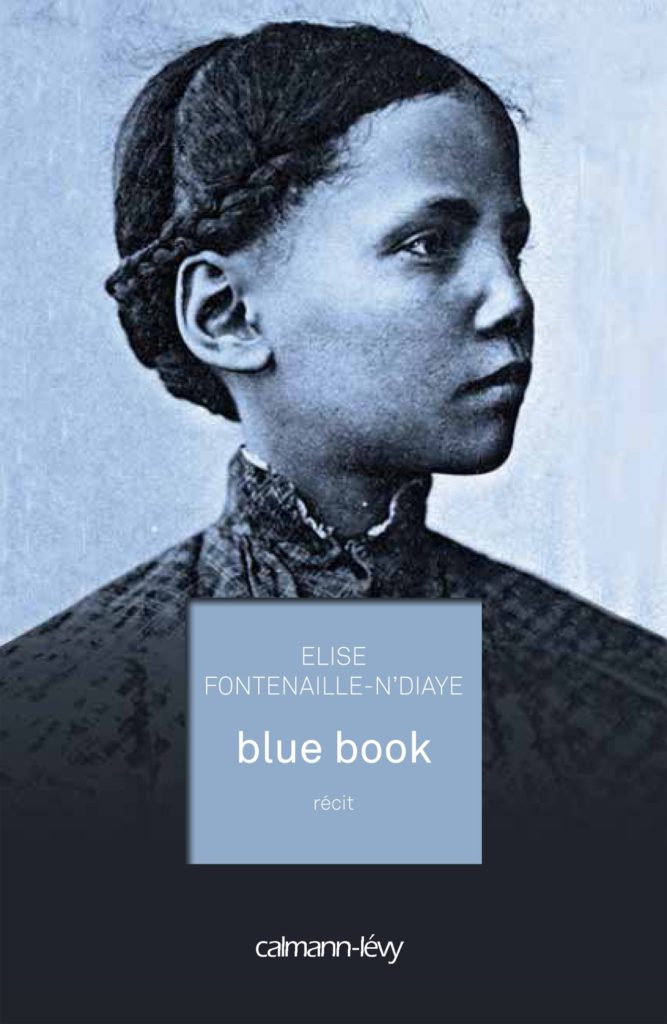
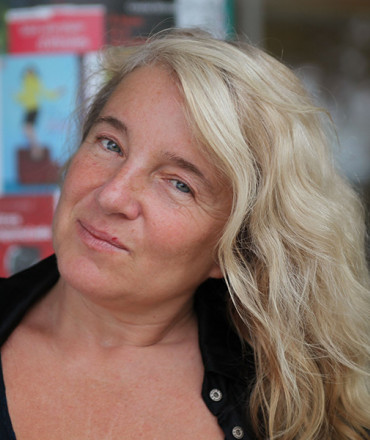
The novel « The Other Side of Silence» by South African author André Brink takes place during the same period of the German colony. Hanna X, the main character, is a young German leaving Bremen – where she grew up in an orphan house before working as a servant – to embark on a ship faring to the new colony. She is dreaming of new horizons. But in Namibia, the German administration is recruiting women mainly to appease the sexual needs of the colonists and the soldiers. Hanna will make that bitter experience in the train between Swakopmund and Windhoek, the capital city. She tries to fend off the advances of the drunken soldiers but cannot avoid being raped by an officer. She will be punished for having resisted: mutilated, her tongue cut, she finds herself, mute, in Frauenstein, a fort in the middle of the desert where they keep the women who have been rejected. She runs away and finds refuge and care among local women. She gradually forms around her a disparate group of women and men, whites and Africans who move up towards Windhoek where she plans to wreak vengeance. This is a hard novel, raw but powerful, like the desert.
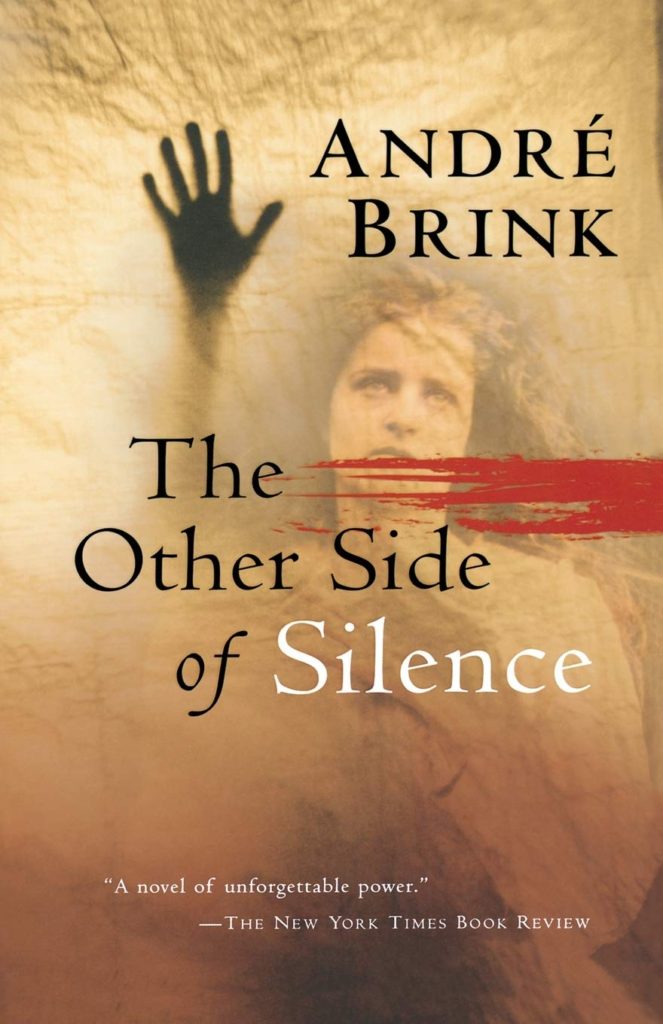

In his detective novel « The Hour of the Jackal», German writer Bernhard Jaumann introduces Clemencia Garises a young inspector from the Namibian police who trained in Finland and lives with her colorful family in Katutura, a township outside Windhoek. For a while, it looked like a Namibian version of the « The No. 1 Ladies’ Detective Agency » set in neighboring Botswana. But quickly the book leaves the friendly and humoristic tone. Clemencia establishes promptly a link between the violent deaths, in Windhoek and in South Africa, of former members of the Civil Cooperation Bureau (CCB), a secret organization close to the South African army which between 1986 and 1990 organized the elimination of anti-apartheid activists. The four victims were all involved in the murder of Anton Lubowski, a famous white activist who supported Namibia’s independence. They were accused but were never condemned because of insufficient evidence. Is Donkerkop, the last of the CCB assassins to be alive, the killer or will he be the next victim? Why did the trial of Lubowski’s murderers get bogged down twenty years ago? Does the SWAPO, the political party which led the independence struggle and is in power since then has an interest in keeping the case under the lid? Under the cover of a breathless but sometimes discursive detective novel, Jaumann suggests his interpretation of one major but still unexplained event of Namibia’s history.


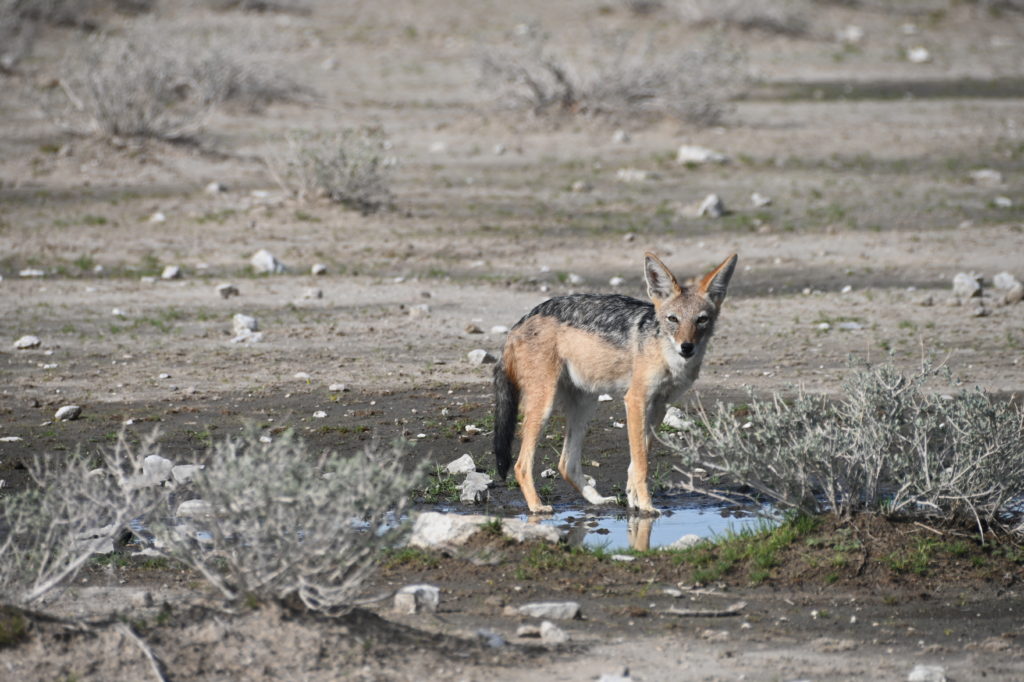
With “The Purple Violet of Oshaantu” by Namibian author Neshani Andreas, we return, at least at first sight, towards calmer waters. In a traditional village, away from the city, Mee Ali and Kauna are neighbors and good friends. The village lives following the rhythm of church ceremonies, gossips and appearances. Kauna’s husband spends his nights with his mistress in full view of everyone while nobody notices that he beats his wife. Michael, Mee Ali’s husband is careful and faithful, but as he works in Walvis Bay, he is often absent. One day, as Kauna’s husband is returning home from his mistress, he collapses and dies on the spot. Mee Ali helps her friend organizing the funeral. The deceased’s family comes in the village and is surprised that the widow is not crying. When the inheritance is discussed some will hint that she might have poisoned her husband. Mee Ali revolts against that patriarchal society where men can do as they please while their wives or widows suffer.
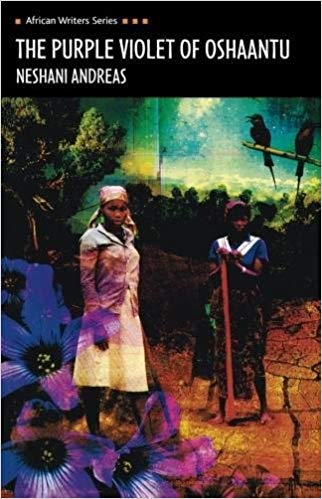
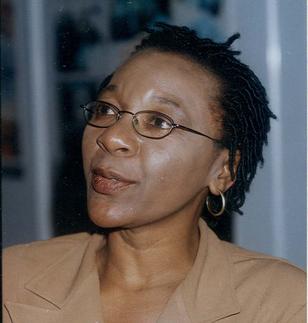
Finally, in « Solitaire. A Home in the Namib Desert”, Ton van der Lee, a movie producer from Amsterdam describes how he left everything to go open a restaurant next to a petrol station in Solitaire, a crossroad in the desert where only a few cars pass each day. I bought his book in Solitaire’s general store and I found his story interesting and fun, even if it fits a little bit too much to my taste with the cliché of an eternal Africa, “out of history”, where the Western man can come to rejuvenate and find new roots…
